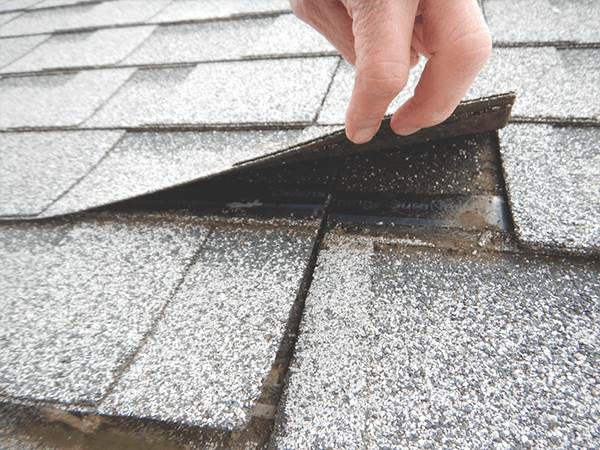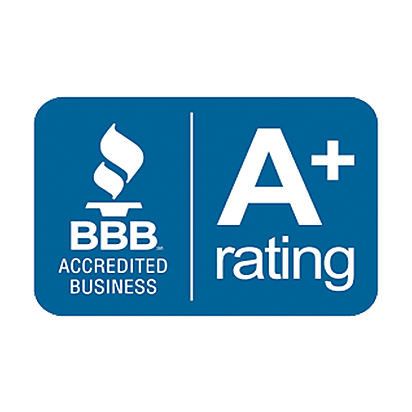Plano TX Roofing Failure Points
We’re in an innovation boom in the commercial roofing industry right now, and it’s fueled by advances made by materials manufacturers who are applying polymer science to improving the performance of roof components. We’re all about the science of roofing, so we are proud to lead this charge. We look specifically at addressing traditional failure points on roofs – penetrations, seams, holes, etc. These are essentially the parts of the roof where water tends to penetrate most often. It’s been said in our industry that upwards of 80% of roofing issues occur on just 20% of the roof. We understand that 20% is comprised of the common failure points, so if we focus efforts there, it will make a dramatic impact. Failure points not as often talked about are laminated membranes. Common among single-ply roofs, a membrane consists of a bottom layer with a polyester matting in the middle and another reinforcement layer at the top, which are all laminated together by a machine in a factory. When the membrane is laminated, the waterproofing layer above the scrim – that middle polyester layer – becomes very important. That’s your first line of defense against water and damaging UV rays. Over time, that top layer deteriorates – 1 to 2 mils per year, according to the National Roofing Contractors Association (NRCA) – and eventually compromises the scrim layer. In addition to normal wear, the laminated top sheet is prone to tearing, peeling or scratching from wind, debris or foot traffic, which can expose the scrim layer even sooner. TPO product sheets typically show around 15 mils of waterproofing above the scrim on a 45-mil product. So if you’ve got 15 mils above the scrim, you can expect to be halfway – or more – to the scrim in fewer than 10 years. And once you get to the scrim you’re basically in failure. At that point, your roof has lost most of its waterproofing protection, so leaks are likely to start happening. At BesTex Solutions, we saturate the membrane with waterproofing protection. This way, the same, continuous consistency of waterproofing is used to reinforce the scrim, meaning it’s less prone to damage from peeling, scratching or puncturing. Here’s how it works. When we’re restoring a roof we’re manufacturing a custom membrane directly to the surface of the roof. From there, a polyester matting is rolled right into it while it’s still wet, thus saturating into the scrim from the bottom. Next, we apply two layers of Wite Brite above the scrim, each one saturating down from the top. In the end, you’ll have a strong, durable surface that’s fully saturated with reinforced waterproofing protection. Even further, the restoration is applied above the existing roof, allowing you to maintain any remaining useful life that was left in it as well. For those wanting even greater assurance, we offer 20- and 30-year solutions, as well. Our restorations can not only prevent a complete tear-off and replace scenario, but they’re also sustainable in that oftentimes when the original term is approaching, the roof can be restored to watertight condition and warranted again for even more extended useful life.THE PROBLEM WITH LAMINATED MEMBRANES
ONCE YOU HIT THE SCRIM, YOU’RE IN FAILURE MODE
THE DIFFERENCE OF A SATURATED MEMBRANE





